
Corbin Davenport
Contributing since August, 2015
-
3615articles
Page 113
About Corbin Davenport
Corbin is a tech journalist and developer who worked at Android Police from 2016 until 2021. Check out his other work at corbin.io.
Latest Articles
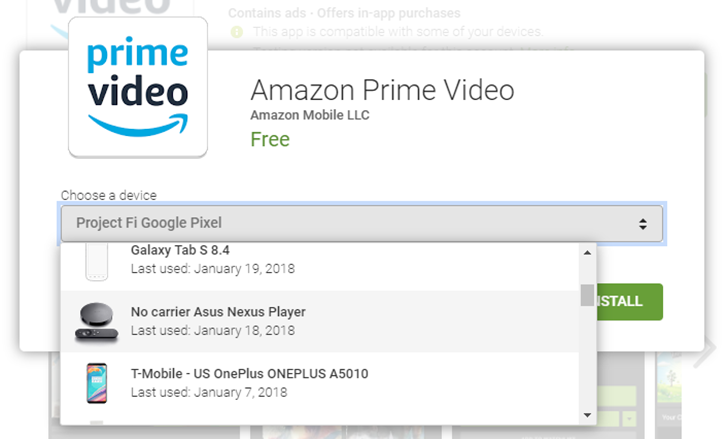
Amazon released an official Prime Video app for Android TV last month, but you couldn't actually install it on anything. The app was (and still is) marked as incompatible for every Android TV device on the market, so no one can actually use it yet, and there's no APK available. Now the situation is even more confusing, as Amazon has enabled Android TV devices to download the normal Prime Video app.
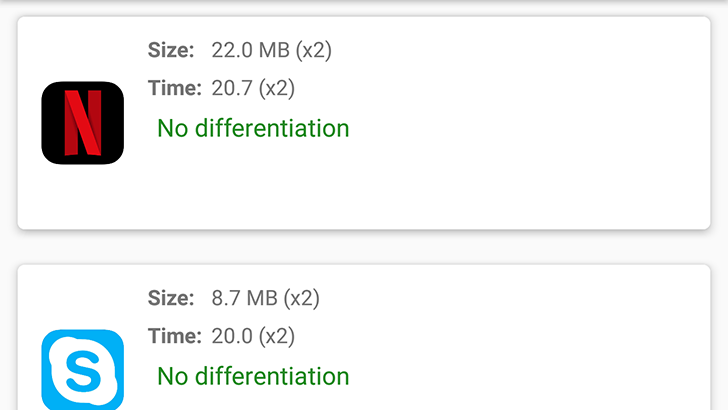
The FCC is ending its enforcement of net neutrality (unless the Senate can override it), but it's still an important issue. Now that it's no longer illegal, we'll probably see more carriers and ISPs begin to interfere with internet traffic as time goes on. Researchers from Northeastern University and The University of Massachusetts have published 'Wehe,' an app that can verify if your carrier or ISP is throttling or blocking some services.

Back in August, Verizon split its unlimited data plan into three separate plans - Go Unlimited, Beyond Unlimited, and Business Unlimited. All three plans have limitations on video streaming, tethering, and international usage. But starting on January 25, Go Unlimited will include limited service to Mexico and Canada.
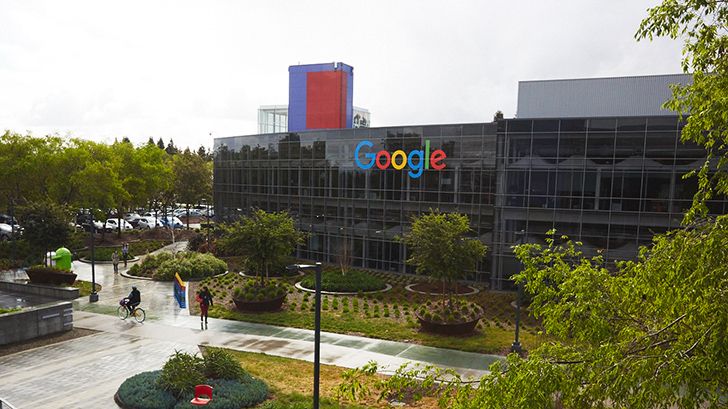
Like many companies, Google uses a variety of operating systems in-house. macOS and Windows are used by a large number of employees, a modified build of Debian Linux is used on its servers (as of 2014, at least), and Chrome OS and Android devices are commonplace. In work environments where Linux is needed, Google uses a customized version of Ubuntu 14.04 called 'Goobuntu,' which has never been released publicly.
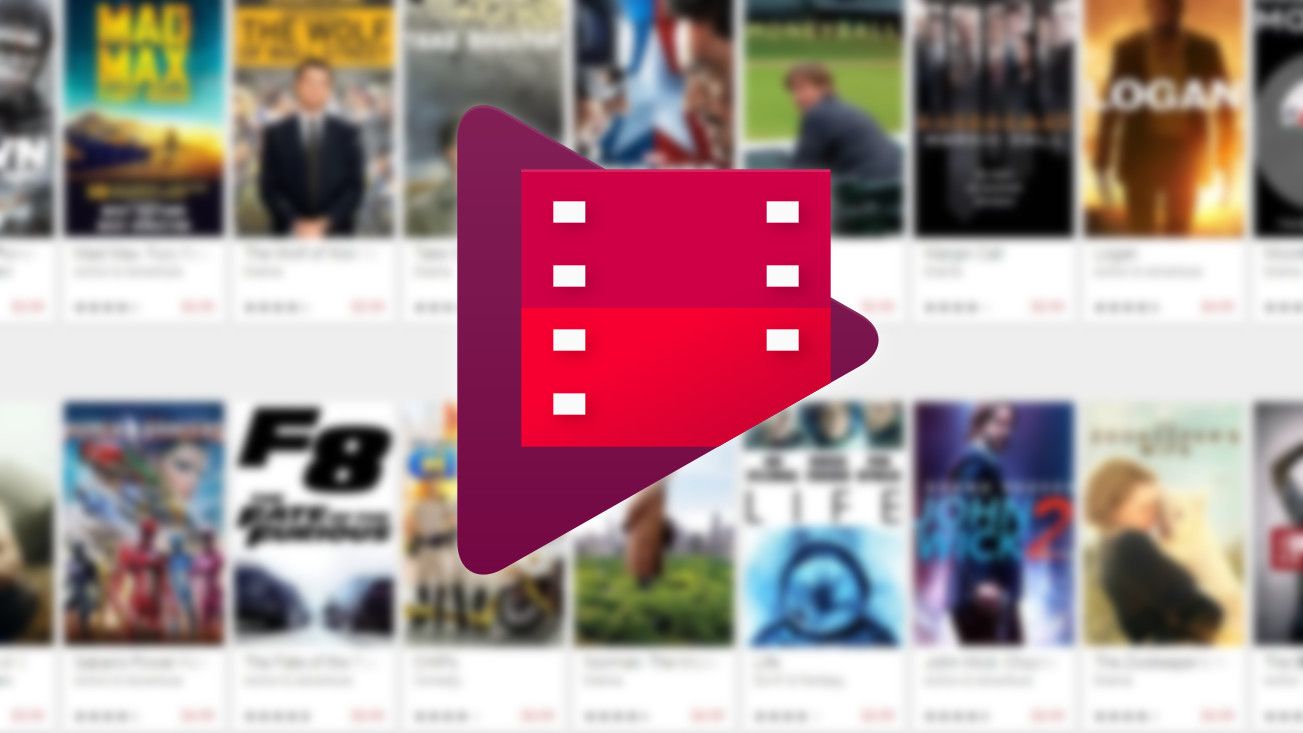
As long as Google Play Movies has existed, there has been one major problem - you can't delete movies or TV episodes from your library. That might seem like a minor issue, since it doesn't cost users anything to keep content, but it has become more pressing since Google Play added support for 4K movies.
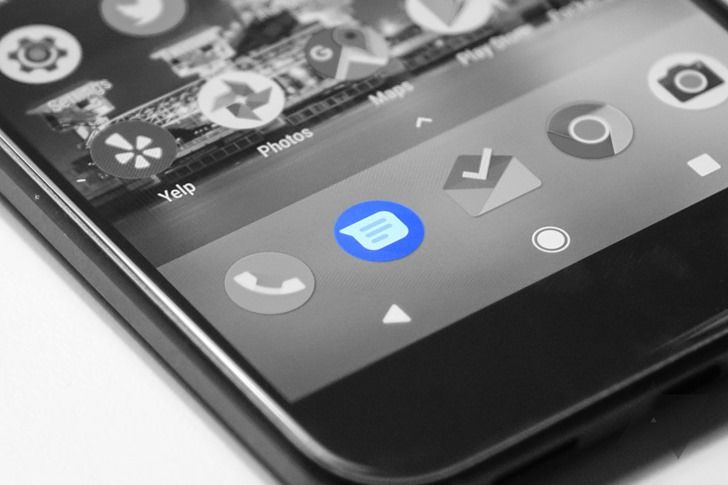
Adoption of RCS, the successor to the SMS/MMS standard, has remained relatively slow among carriers and devices. Google has spearheaded the effort by building its own 'Jibe' RCS hub and integrating it into its Android Messages SMS app, making it easier for carriers to support it. Samsung opted to build its own RCS hub, but Huawei has decided to get behind Google's technology.
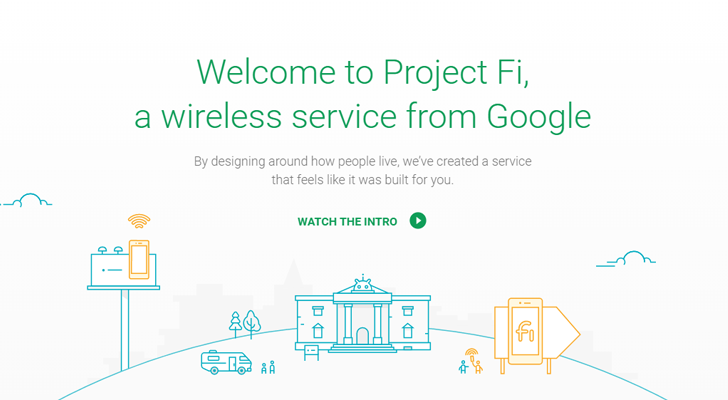
Project Fi was a great deal when it was first introduced, minus the fact that the only compatible phone was the Nexus 6. Now that carriers are re-introducing 'unlimited' plans, Project Fi's $10/GB pricing tier isn't quite as appealing as it once was. Fi has now introduced its own version of an unlimited plan, called 'Bill Protection.'
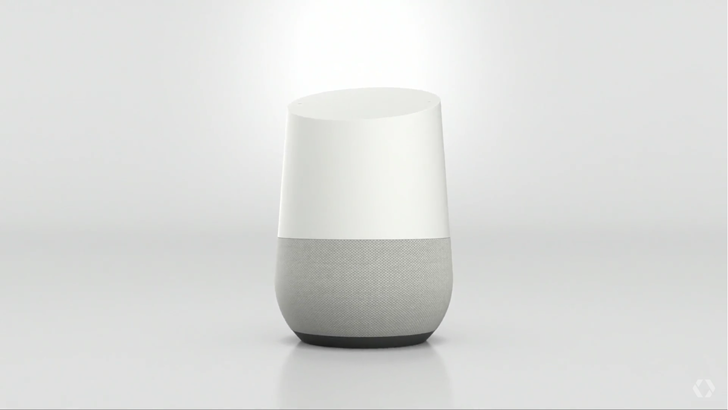
The Google Home works with a massive number of smart home products, but developers looking to tinker with it are usually out of luck. It doesn't have any kind of public API, so custom functionality can really only be added through IFTTT (or by writing your own Assistant app). Now there is a way to obtain some data from a Google Home, as one developer has discovered an undocumented API that the Google Home uses.
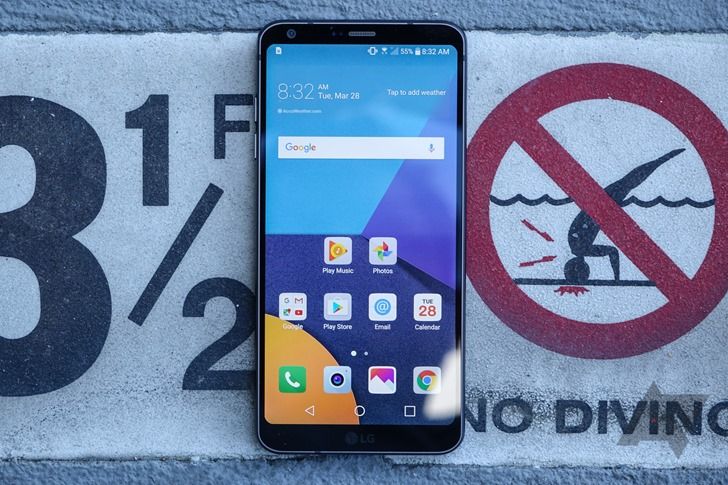
Despite the G6 and V30 being fairly good phones, LG's mobile division has continued to report losses year after year. Last week at CES, LG announced that it would no longer release smartphones on a yearly schedule, instead opting to launch new models "when it is needed." According to a new report from The Investor, LG CEO and Vice Chairman Jo Seong-jin told the company to start over on the upcoming G7 flagship.
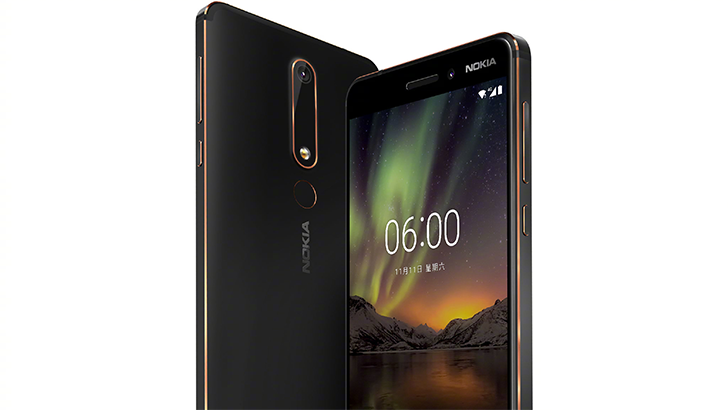
The 2018 refresh of the Nokia 6 was released in China earlier this month, but it strangely still ran Android 7.1.1 Nougat out of the box. The Nokia 7 was introduced in October, but like the new Nokia 6, it's only available in the Chinese market at the moment. Now both phones are receiving an update to Android 8.0 Oreo.
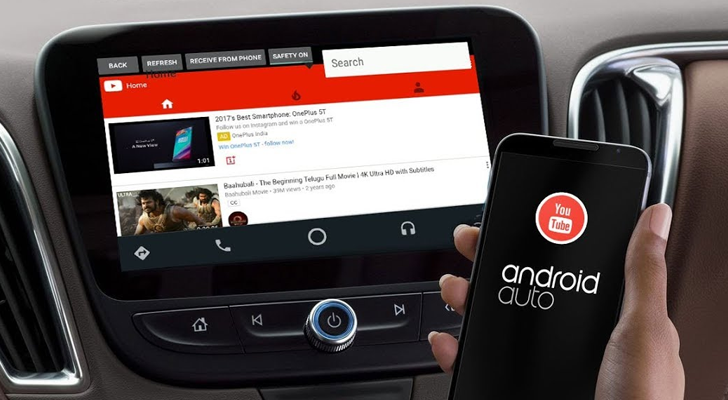
Thanks to the recently-released unofficial 'Aauto SDK,' we've started to see more experimental apps being developed for Android Auto, like the tinyCam Beta that shows feeds from security cameras. While these apps probably won't ever show up on the Play Store, as they violate Google's Auto guidelines, they can still be useful.
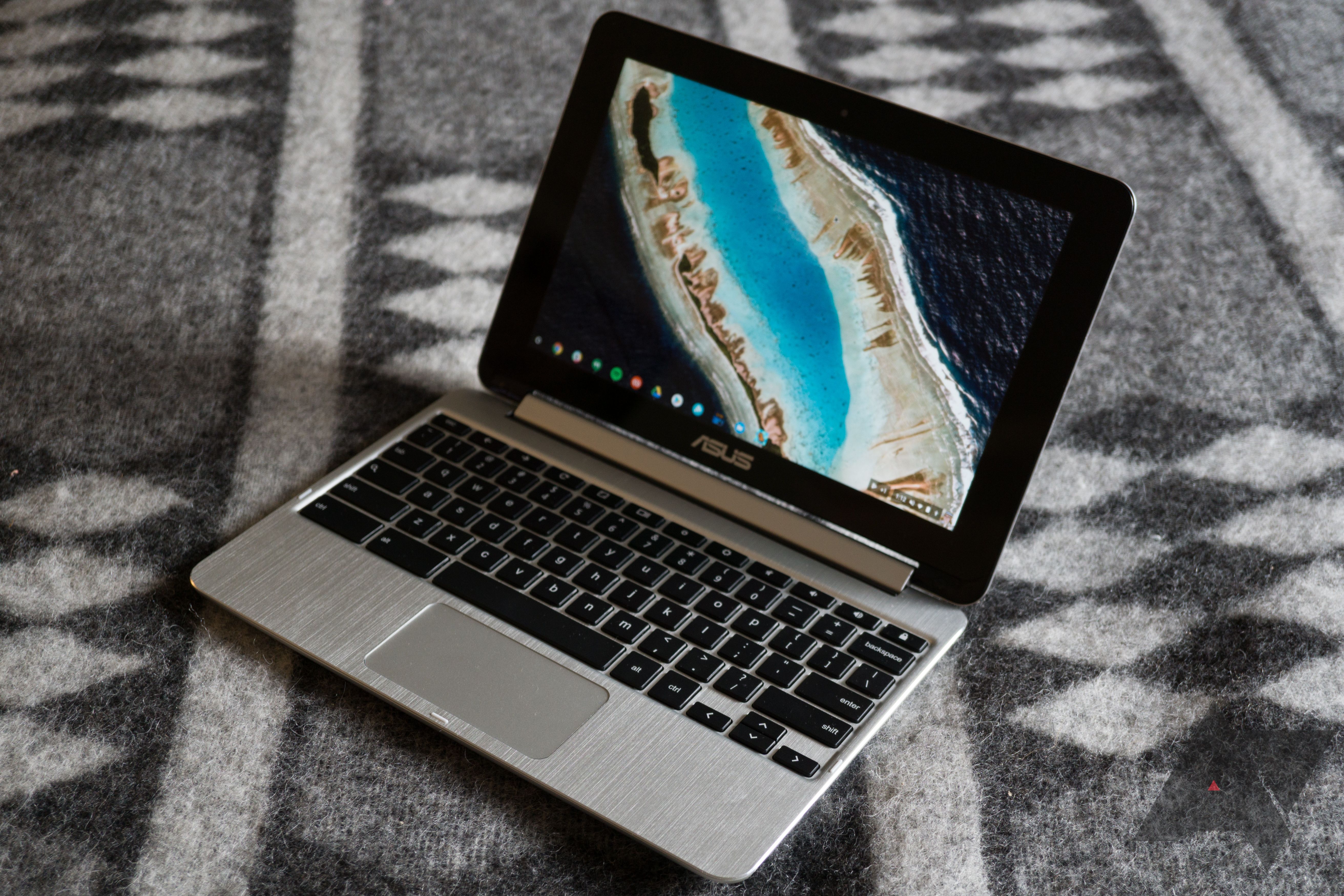
When it comes to installing applications from outside the Play Store, Chromebooks are at a disadvantage. On normal Android devices, all it takes is enabling 'Apps from Unknown Sources' in the settings (or doing it on a per-app basis on Oreo). Unfortunately, sideloading APKs on Chromebooks requires enabling Developer Mode, which disables boot verification and other security features. It also requires users to press a key combination when you boot up (on most models) - Google really doesn't want you enabling it.
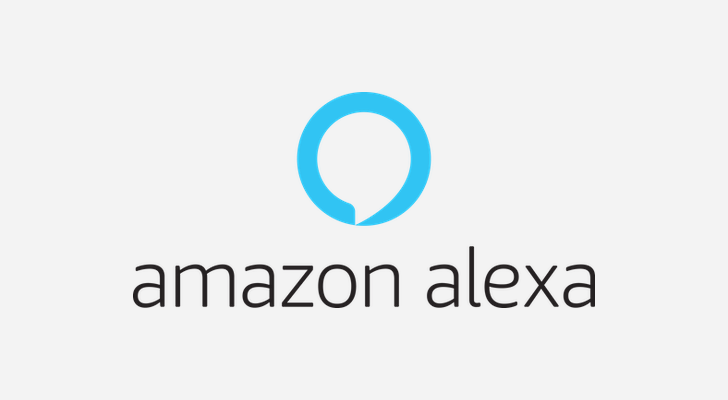
Every year at CES, there is always a dominating theme showcased by electronics manufacturers. 3D TVs, wearables, health, crazy smartphones, and connected appliances are just a few examples. CES 2018 saw the continuing domination of Amazon's Alexa voice assistant, though Google Assistant put up a fair fight.Alexa isn't confined to audio products either - we've seen her on appliances, robots, and other tech. There were so many products announced at CES with Alexa that it was impossible to give all of them separate posts (and if we're being honest, some of them don't really deserve one). Now that the show is over, here's a summary of all the new devices with Alexa or Alexa integration from CES 2018.
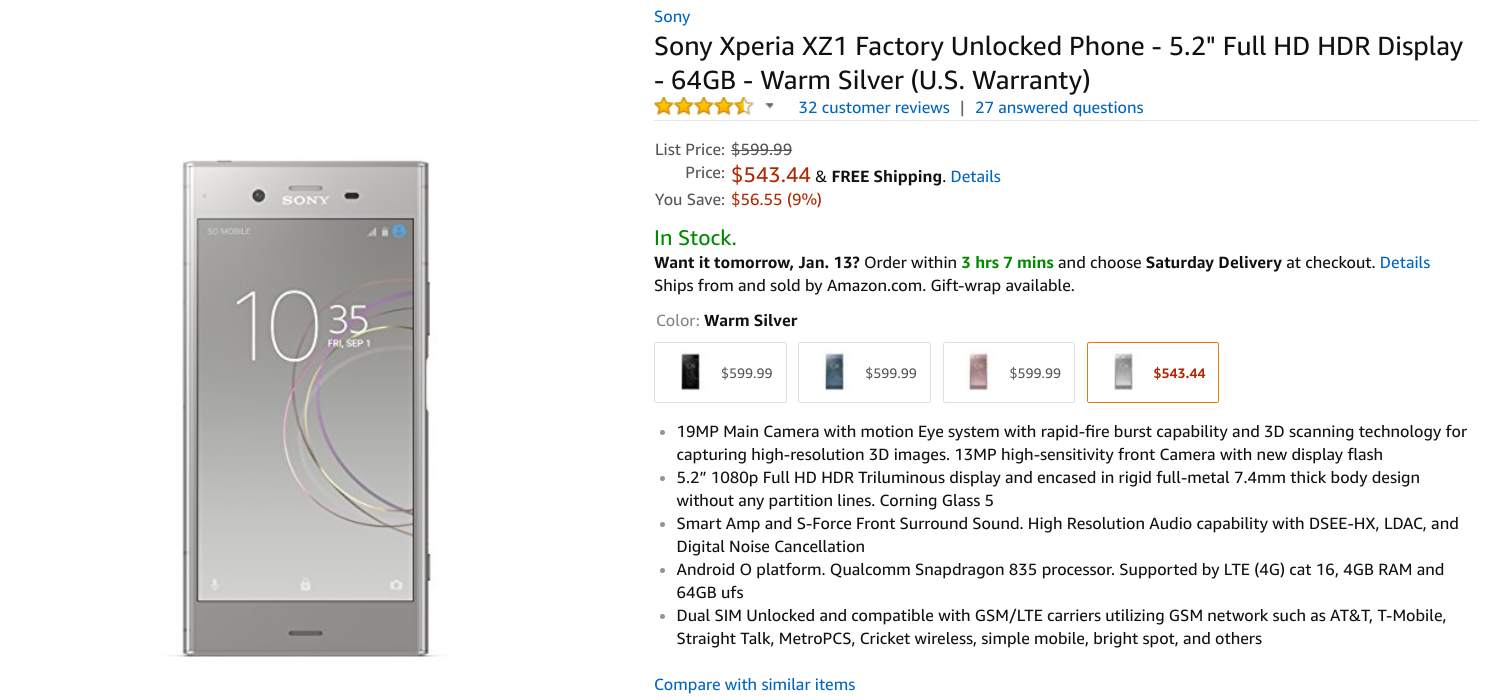
The Xperia XZ1 was originally announced at IFA 2017, and it arrived in the United States in September. The original price was a whopping $699.99, but as usual, the price started to fall shortly after launch. The XZ1 dropped to $599 back in November, and now you can get the 'Warm Silver' model for $543.44 from Amazon.If you're not familiar with the XZ1, it has a 5.2" 1080p IPS display, a Snapdragon 835, 4GB of RAM, 64GB of storage, a 19MP rear-facing camera, a 13MP front-facing camera, and a 2700mAh battery. It was the first phone to ship with Android 8.0 Oreo, since the Pixel 2 hadn't been officially announced at that point.It's worth noting that the US version of this phone does not have a working fingerprint sensor - you'll need to flash the EU firmware for that. Also, Sony is expected to announce the XZ2 at the Mobile World Congress next month, but that phone will likely be much more expensive (at least in the US). You can find the XZ1 at the source link below.Source: Amazon
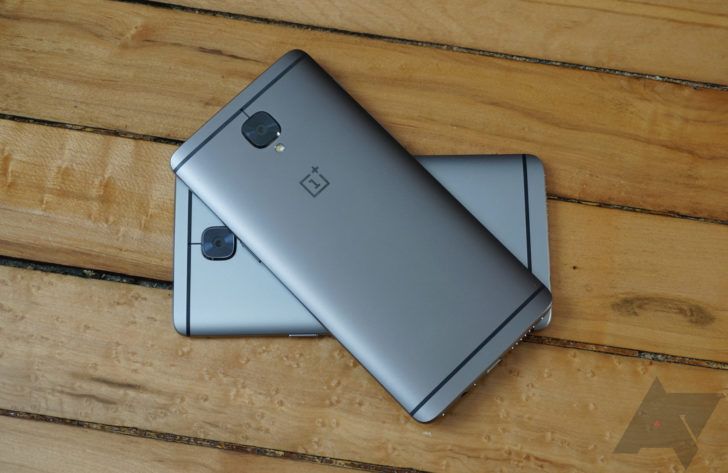
OxygenOS 5.0 for the OnePlus 3 and 3T, based on Android 8.0 Oreo, was released last month. As is usually the case for major software releases, there were a few bugs that cropped up. OxygenOS 5.0.1 is now available for the OP3/3T with a few new features and bug fixes, but it's causing a harmful app warning to appear for some users.
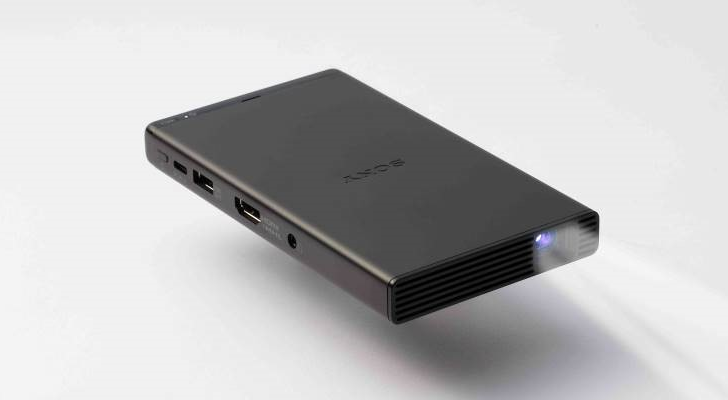
There have been more than a few attempts at making portable projectors tiny enough to fit in your pocket, with the InstaShare Moto Mod being one of the latest. Sony apparently wants to give it a shot, as it announced the MP-CD1 mobile projector earlier today.

GoPro has been on a steady downward slope for the past few years, at least as far as profits go. The company laid off 100 workers in January 2016 in response to weak sales. This continued in November 2016 with another 200 layoffs, followed by 270 more the following March. The situation doesn't seem to be improving, so GoPro is leaving the drone market entirely, and cutting more jobs in the process.

One week ago, details about widespread vulnerabilities in modern processors became public. One variant, named 'Meltdown,' affected every modern Intel chip. Two other variants, collectively known as 'Spectre,' are known to affect chips from Intel, AMD, and ARM (at the very least). Most Google products are already protected against these threats, but now the company has made it easier to tell which Chromebooks are patched.
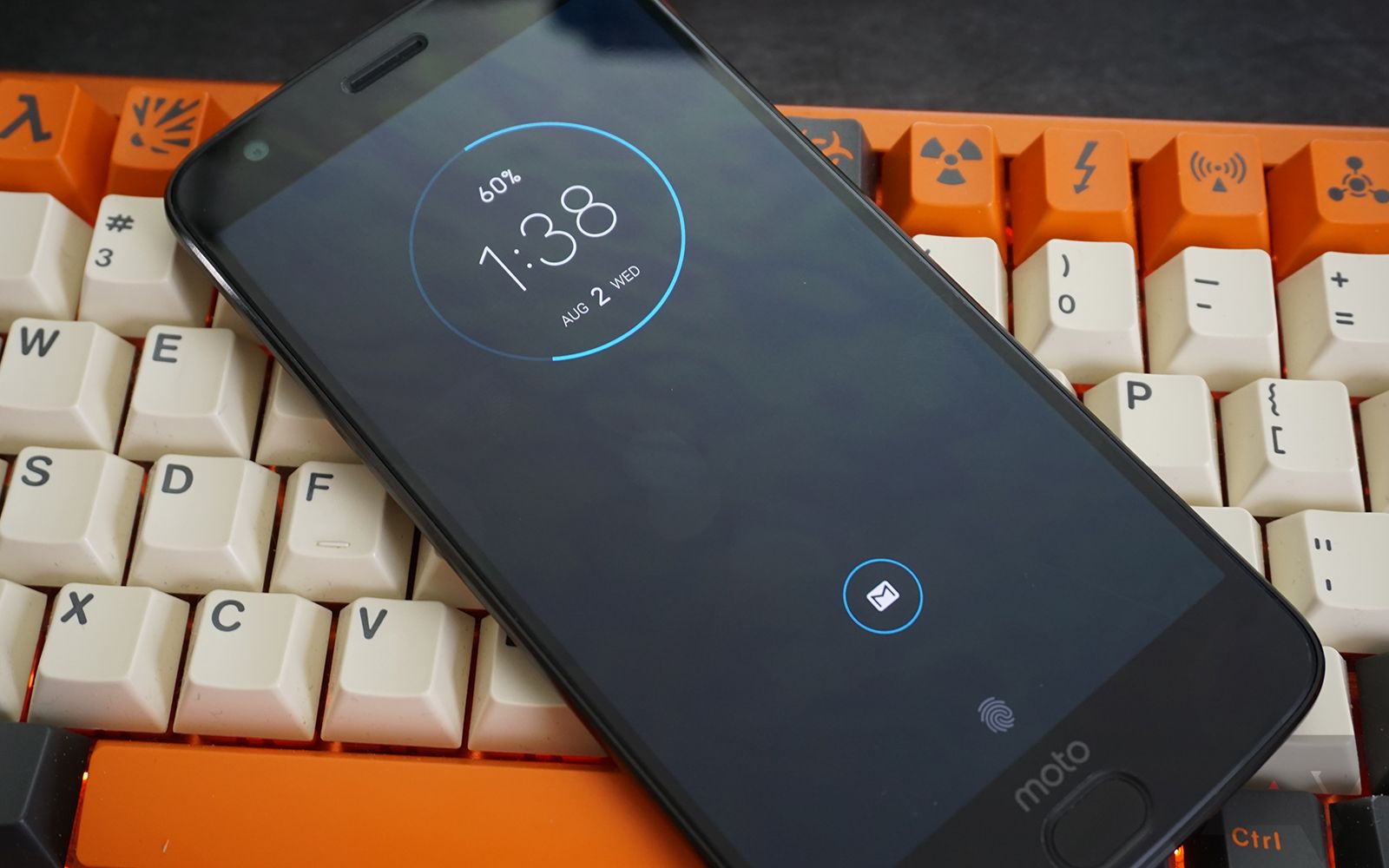
It only took about a month for Motorola to release the Moto Z2 Force's kernel source code after it launched in August. As you may know, OEMs are required to publish their modifications to the Android kernel code, which is then used by developers to make custom ROMs and recoveries.
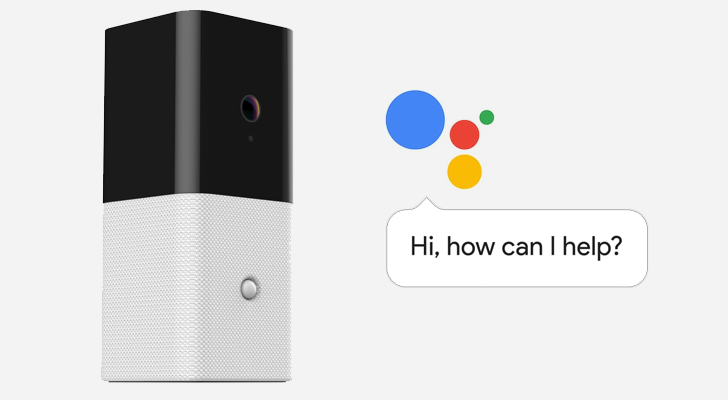
Smart home setups can become complicated very quickly. Most connected devices need a hub, which then is controlled by an app or a smart speaker (like the Google Home or Amazon Echo). To make matters more complicated, not all of them use the same kind of hub, and home security systems usually use entirely different equipment.

